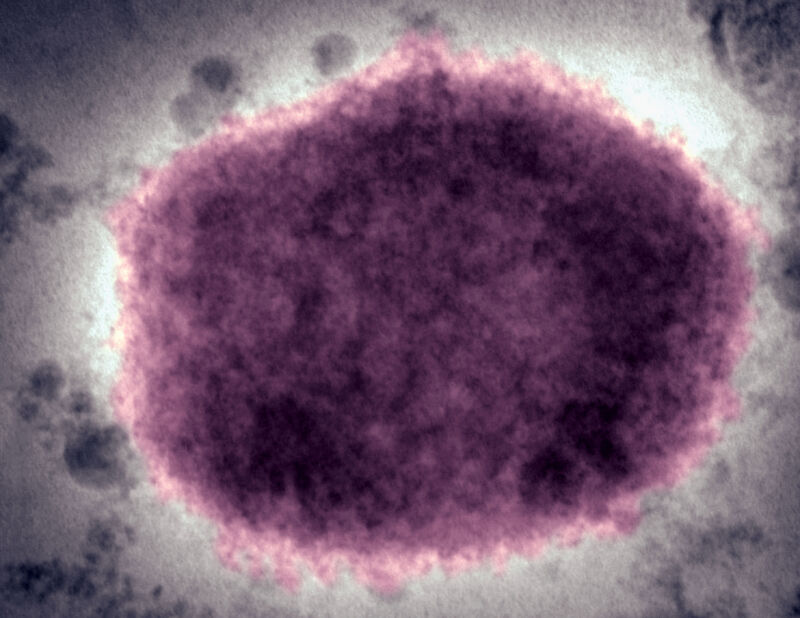Everything you need to know about the monkeypox health emergency

Enlarge / A negative stain electron micrograph of a monkeypox virus virion in human vesicular fluid. (credit: Getty | BSIP)
On May 7, health officials in the UK reported a case of monkeypox in a person who had recently traveled to Nigeria. The case was very rare but not necessarily alarming; a small number of travel-related cases of monkeypox pop up now and then. The UK logged seven such cases between 2018 and 2021. But this year, the cases kept coming.
By May 16, the UK had reported six additional cases, mostly unconnected, and all unrelated to travel, suggesting domestic transmission. On May 18, Portugal reported five confirmed cases and more than 20 suspected ones. The same day, health officials in Massachusetts reported the first US case. Spain, meanwhile, issued an outbreak alert after 23 people showed signs of the unusual infection. Cases in Italy and Sweden followed.
In the past, monkeypox transmission largely fizzled out on its own. Experts did not consider the virus to be easily transmissible. Still, the cases kept coming. By May 26, the multinational outbreak had exceeded 300 cases in over 20 countries. At the time, the US had only nine cases confirmed, but the Centers for Disease Control and Prevention announced that it presumed domestic community transmission was already underway. In early June, the global tally exceeded 1,300 from 31 countries, including 45 cases in the US.